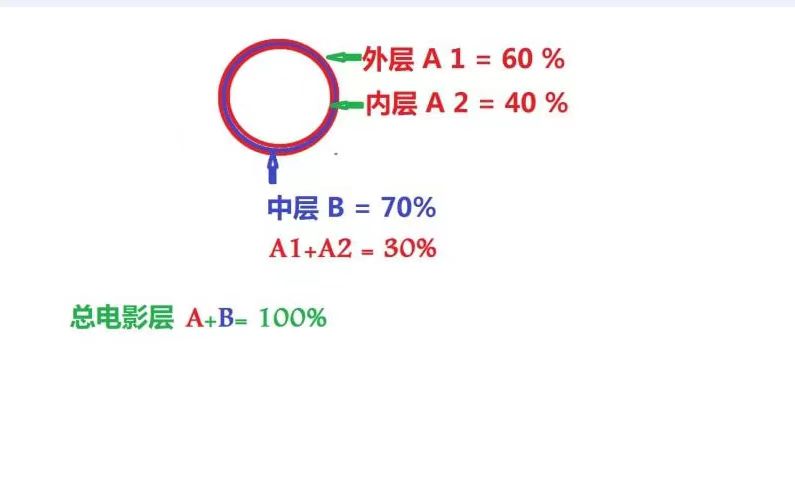Construction of ABA Film Blowing Machine
An ABA film blowing machine is designed to produce multilayer films, primarily three-layer films where two outer layers (A) enclose a middle layer (B). These machines are built to enhance film properties and optimize material use. The general construction of an ABA film blowing machine includes:
- Extruders: There are typically two extruders. One extruder feeds the A layers (outer layers), and the other feeds the B layer (core). The configuration ensures that each layer can be produced with different materials or additives.
- Die Head: A spiral or co-extrusion die head is used to combine the molten material from the two extruders into a single multilayer film. The die is engineered to allow even flow and good adhesion between layers.
- Air Ring: It cools the molten film immediately after exiting the die head. This cooling is crucial to achieving the desired thickness and consistency of the film.
- Bubble Formation and Stabilization: The molten material is blown into a bubble with the help of air pressure. Bubble cages or stabilizers help maintain bubble shape and prevent collapsing.
- Take-Up Unit: After the bubble is stabilized, the film is flattened and pulled up vertically by the take-up unit, which controls the film’s thickness.
- Winder: After the film is cooled and flattened, it is wound onto rolls for further processing or sale.
Advantages of ABA Film Blowing Machine
- Cost Efficiency: The ABA design allows for the use of cheaper, recycled, or lower-grade materials in the middle B layer, while using premium materials for the outer A layers. This reduces material costs while maintaining the strength and appearance of the film.
- Improved Film Properties: The multilayer design enhances film properties such as strength, puncture resistance, and flexibility. This is particularly beneficial for films used in packaging, where both durability and cost savings are important.
- Versatility: The ABA configuration can accommodate a wide range of materials, including different polymers, enabling production of films for diverse applications, such as agriculture, packaging, and construction.
- Customization: Each layer can be modified independently, allowing for tailored film properties, such as UV protection or increased stiffness.
- Material Blending: By blending different materials in the middle layer, fillers can be added to reduce costs without significantly impacting the overall film quality.
Filler Percentage to Reduce Cost
In ABA film blowing, fillers like calcium carbonate (CaCO₃) or talc are added to reduce the overall cost of the film by partially replacing expensive polymers like polyethylene (PE). The amount of filler added depends on the specific film requirements and the type of filler used. Here are some common filler percentages:

- For Lower-Grade Films: The filler content can range from 10% to 40%. In some cases, films with up to 50% filler can still maintain adequate mechanical properties for non-critical applications.
- For Higher-Grade Films: Fillers are usually kept lower, around 5% to 20%, to ensure that the film maintains higher tensile strength and flexibility.
The amount of filler used depends on the type of product being made. High filler percentages are beneficial for reducing costs but may compromise film strength and elasticity if overused. The correct balance needs to be struck based on the application of the film.

No responses yet